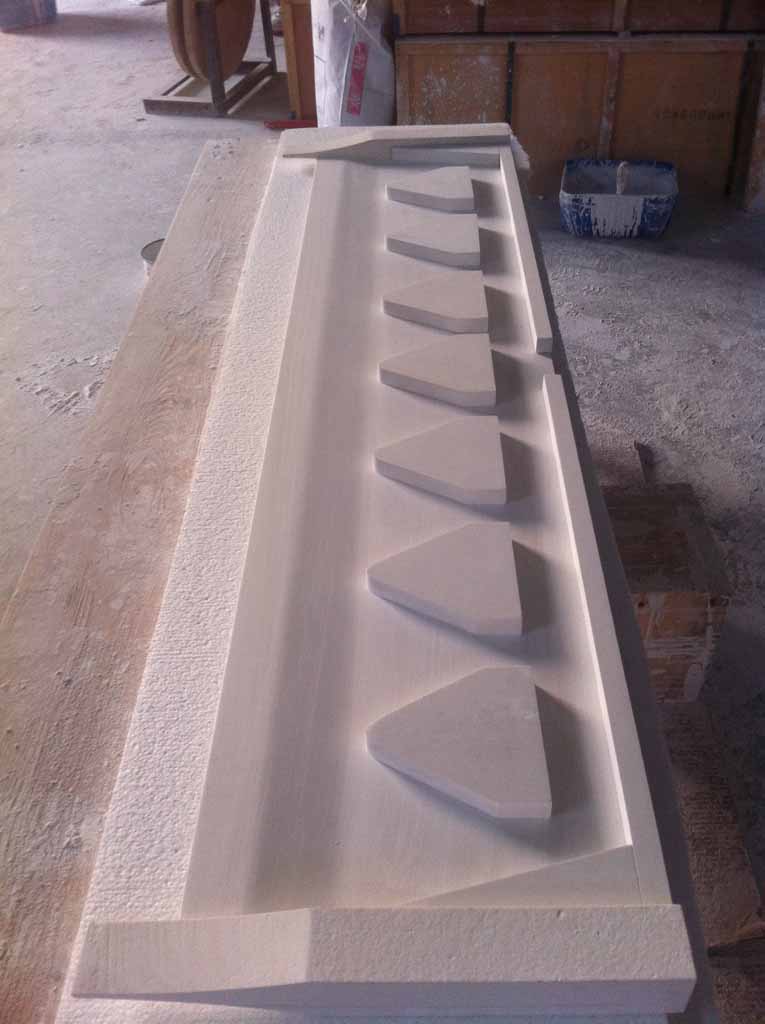
08 3月 Cast Rolling Castertip
Cast Rolling Castertip consists of two upper and lower plates, connecting the side baffles of the two upper and lower plates, and a bottom plate connecting the two upper and lower plates and two side baffles. The middle of the bottom plate is provided with a melt inlet, and the melt inlet is opposite to each other. The side is the melt outlet, and a plurality of splitter blocks are arranged between the two upper and lower plates, and the melt inlet is directly opposite to the middle splitter block; the center axis of the middle splitter block is the symmetry axis, and the splitter blocks on both sides are symmetrical about this Axisymmetrically distributed.
The large-scale general-purpose finite element analysis software ANSYS simulates and analyzes the steady-state laminar flow aluminum melt in the Cast Rolling Castertip, realizes three-dimensional modeling, solves the problem of the coupling solution of the three-dimensional heat-fluid coupling field, and obtains the velocity and pressure of the aluminum melt. And the temperature distribution diagram, analyze the distribution law of nozzle exit speed and temperature and its influence on continuous casting and rolling.

In the double-roll aluminum strip casting and rolling process, the temperature of the aluminum melt in the front box has an important influence on the flow properties of the molten metal in the nozzle cavity, the casting speed and the quality of the aluminum strip.
The basic basis for determining the temperature of the aluminum melt in the front box is the energy loss of the melt in the nozzle cavity.
At present, the temperature of the molten aluminum in the front box in the production of twin-roll cast-rolling aluminum strip is mainly determined by experience or a large number of experiments. By analyzing the convective heat transfer and solidification phenomenon of the molten metal in the nozzle cavity, the unsteady and stable state is established. The temperature change of the molten metal in the nozzle cavity during the state of heat transfer is approximated by a mathematical model.
This provides a theoretical basis for the reasonable determination of the parameters (casting speed, the geometric size of the nozzle and the ambient temperature, etc.) when the melt temperature of the front box is not at the same time.
The thermal conductivity of the nozzle material and the thickness of the nozzle wall have a great influence on the wall heat transfer rate, and the temperature of the nozzle cavity has a small effect on the heat transfer rate of the mural. For the nozzle of the same material and wall thickness, conventional rolling and ultra-thin fast The heat loss of casting and rolling is basically the same.
Cast Rolling Castertip makes the temperature and speed distribution of the aluminum liquid more uniform, improves the surface quality of the cast-rolled billet, reduces the surface dark lines of the later production of aluminum foil, and improves the quality.


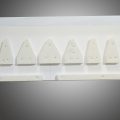
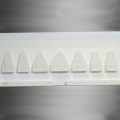
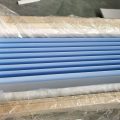

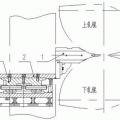
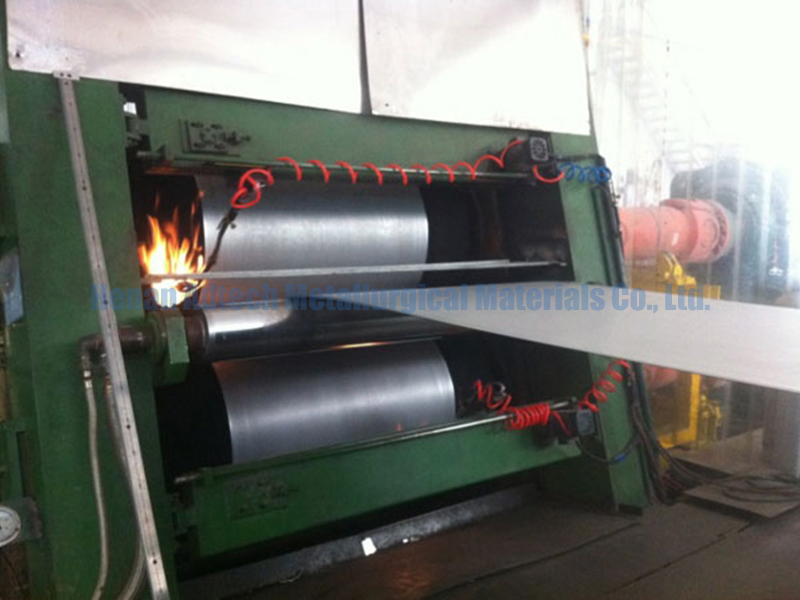
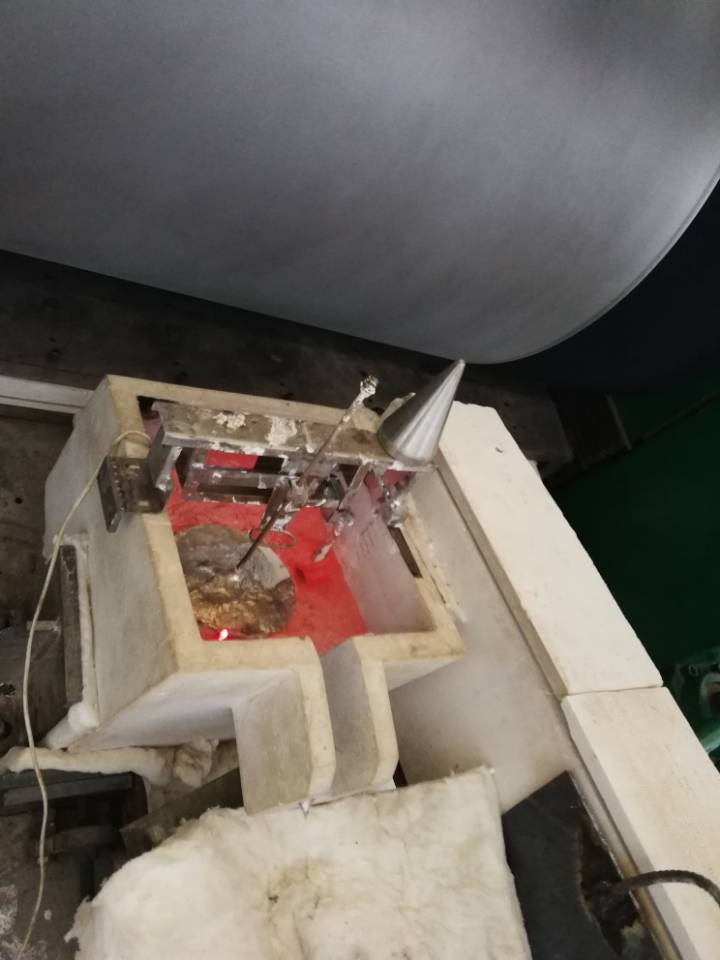
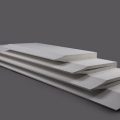
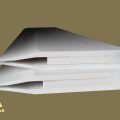
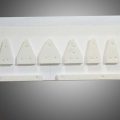
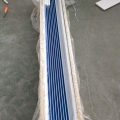
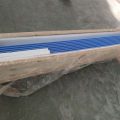
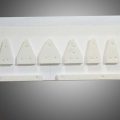
No Comments